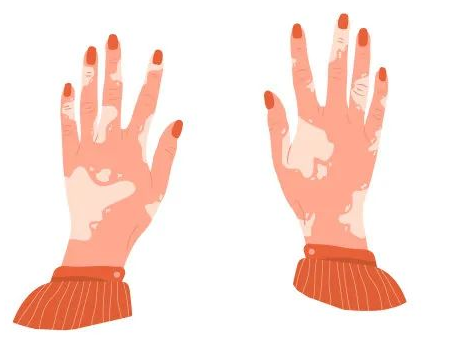
How to distinguish between vitiligo in the progression stage and the stable stage?

Clinically, vitiligo is divided into two stages: the progression stage and the stable stage. Accurately distinguishing between these two stages is very helpful for the prevention and treatment of vitiligo. The characteristics of the two stages of vitiligo are described in detail below.
The characteristics of the two stages of vitiligo are described in detail below.
Progression Stage of Vitiligo
Characteristics:
1. The number of white patches increases, and the existing patches gradually spread into the surrounding normal skin, becoming larger with unclear borders.
2. External trauma or mechanical irritation (e.g., rubbing) can cause the existing white patches to enlarge, or new white patches to appear on the previously normal skin, a phenomenon known as the isomorphic response (or Köbner phenomenon) in medicine.
Stable Stage of Vitiligo
Characteristics:
1. The white patches stop spreading, their borders become well-defined, and the pigment at the edges deepens.
2. The white patches will not exhibit isomorphic responses due to the external application of topical medications or mechanical irritation. Therefore, topical treatments can be used to promote the transformation of white patches in the stable stage to those in the improvement stage.
3. During the improvement stage, the borders of the white patches remain clear, and the pigment deepens. Pigment bands may appear at the edges, gradually migrating inward, causing the patches to shrink, and the number of patches gradually decreases.